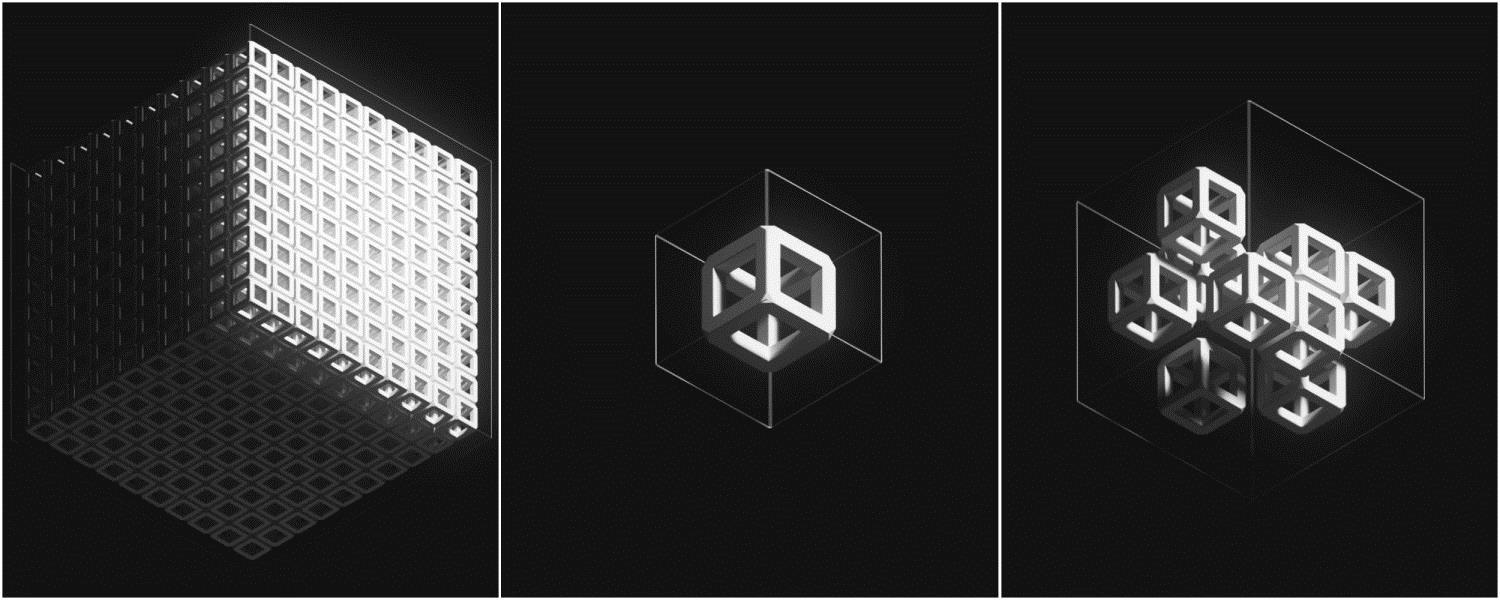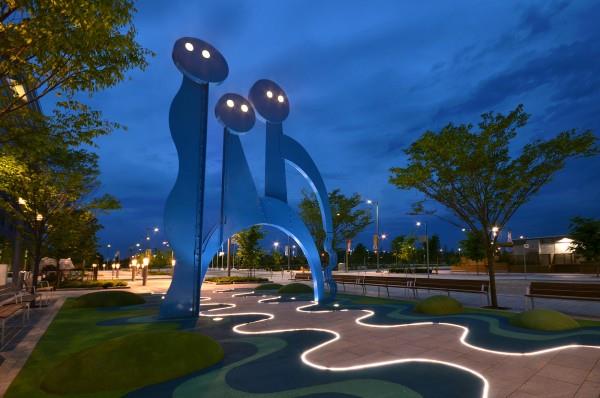Exploring Public Art Initiatives: Unveiling Artistic Gems In Public Spaces
The Power of Public Art: A Catalyst for Community Engagement
Public art serves as a catalyst for community engagement, igniting conversations, and shaping the collective identity of a place. These artistic endeavors contribute to the social fabric of a city, enhancing public spaces, and bringing people together. Through public art projects, communities have the opportunity to express their unique culture, history, and values, creating a sense of belonging to an area and fostering local pride.
Community Art Projects: Enabling Collective Creativity
One of the most remarkable aspects of public art initiatives is their ability to empower communities to participate actively in the artistic process. Community art projects embrace inclusivity by involving community members in art creation, allowing their voices to be heard through creative expression. These projects often take the form of collaborative murals, where individuals from diverse backgrounds come together to paint and contribute to a visual narrative that celebrates their collective identity.
Public Art Installations: Transforming Spaces into Living Galleries

Public art installations are central to the visual transformation of public spaces, infusing them with artistic visions, symbolism, and thought-provoking concepts. From towering sculptures to intricate installations weaving through parks, public art captivates viewers, inviting them to see their surroundings through a new lens. These installations often utilize various materials, such as metal, stone, or recycled objects, creating a multisensory experience that engages both visual and tactile senses.
Civic Art: Connecting Art and Civic Ideals
Civic art goes beyond its aesthetic appeal by integrating artistic expression with civic ideals. This form of public art often encompasses sculptures, statues, or murals that pay homage to significant historical events or influential figures, inviting viewers to connect with their shared heritage. Civic art can serve as a reminder of the struggles and victories experienced by a community, symbolizing the spirit and resilience of its people.
Street Art Projects: Giving Voice to the Urban Jungle
Street art projects have emerged as striking public art initiatives, transforming urban landscapes into vibrant outdoor galleries. These projects often involve local and international artists who employ colorful murals and captivating graffiti to engage with the pulse of the city. Street art adds a layer of visual richness to neighborhoods and serves as a platform for artists to express their individuality while also inspiring dialogue and sparking critical thinking.
Outdoor Art Exhibitions: Showcasing Temporal Beauty
Outdoor art exhibitions expand the reach of art beyond traditional galleries, allowing the public to interact with extraordinary works in accessible open-air spaces. These exhibitions often feature a diverse range of artworks, providing opportunities for emerging and established artists alike to share their creations with a broader audience. By taking art out of confined spaces, outdoor exhibitions enable the public to experience art in a more casual, unrestrictive manner, accentuating its connection to their everyday lives.
Community Engagement in Art: Empowering the Public's Voice
Community engagement plays a pivotal role in developing successful public art projects. It enables individuals to actively participate in the decision-making process and ensures that the artworks reflect local sentiments and aspirations. Artists often hold community workshops or forums, allowing residents to contribute ideas, share stories, and co-create artworks that resonate with the community. By involving the public, these projects promote a sense of ownership and connection, fostering pride and respect for the installations within the community.
Art for Public Places: Enriching the Urban Landscape
Art for public places cultivates an environment where creativity meets functionality, enriching the urban landscape. Public art installations, whether permanent or temporary, transform otherwise mundane spaces into captivating destinations that draw visitors and locals alike. By placing art in public spaces, cities invest in cultural infrastructure, enhancing the quality of life for residents and fostering tourism. Moreover, these installations often become the backdrop for community gatherings, celebrations, and events, further promoting social cohesion and a sense of belonging.
Public art initiatives are unquestionably transformative, breathing life into public spaces and engaging communities in profound ways. Through diverse mediums such as sculptures, murals, and street art, public art installations encourage community engagement, evoke emotions, and tell stories that reflect the collective identity of a place. By embracing public art, cities can awaken the creative potential within their communities, invigorate their urban environments, and create lasting legacies that celebrate the rich tapestry of human expression.

Legal Disclaimer:
MENAFN provides the
information “as is” without warranty of any kind. We do not accept
any responsibility or liability for the accuracy, content, images,
videos, licenses, completeness, legality, or reliability of the information
contained in this article. If you have any complaints or copyright
issues related to this article, kindly contact the provider above.
Most popular stories
Market Research

- Seoul Exchange, One Of Only Two Licensed Platforms For Unlisted Securities, Will Exclusively Use Story To Settle Tokenized Rwas
- Phase 6 Reaches 50% Mark As Mutuum Finance (MUTM) Approaches Next Price Step
- 0G Labs Launches Aristotle Mainnet With Largest Day-One Ecosystem For Decentralized AI
- Solotto Launches As Solana's First-Ever Community-Powered On-Chain Lottery
- Kintsu Launches Shype On Hyperliquid
- Blockchainfx Raises $7.24M In Presale As First Multi-Asset Super App Connecting Crypto, Stocks, And Forex Goes Live In Beta






















Comments
No comment